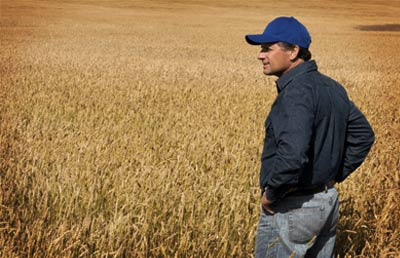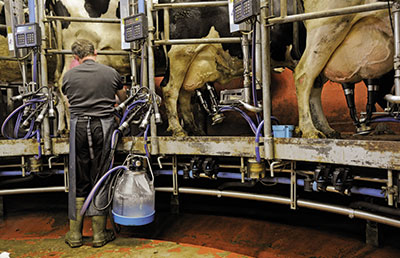Farm Operations
-
Some Examples of New Proposed IRS Rules on Valuations
Last week we did a post on the new IRS Proposed Regulations that would limit minority discounts on transfers of family interest. This post shows a few examples of how this might work.
-
Corporate Grain Gifts Better Than Cash
Instead of giving cash from your C corporation to a charity, consider gifting grain instead. This can save you some taxes and most charities in the farm states are set up for this process.
-
IRS May Be Backing Off on Assessing Self-Employment Tax in Some Cases
The IRS has tried to assess self-employment tax on receipt of Conservation Reserve Program (CRP) payments even if the taxpayer was not a farmer. Also, if a farmer makes the de minimis election to expense all items costing less than $2,500, the later sale of these items were assumed to be subject to self-employment tax. […]
-
Will Excess Loss Rules Apply to Your CCC Transactions?
Last week, we did a post on how electing to receive a loan deficiency payment (LDP) may negatively affect the amount of ARC or PLC payments that you will receive in October 2017 for the 2016 crop. One option to get around these limits is to place a loan on your crop (most likely only hard red wheat for the 2016 crop year, however, corn may get close in certain parts of the country) and then pay it off with a commodity certificate. The net gain to the farmer under this strategy will not reduce the amount of ARC or PLC payment in 2017 (assuming the farmer will max out on these payments).
-
IRS Continues to Have Issues With Payroll Tax Deposit Due Dates
For some reason the IRS can not seem to get their computers to understand that the United States actually follows certain holidays during the year. All payroll tax deposits have certain due dates and if these due dates fall on a holiday, the due date automatically gets rolled forward to the next business day. However, the IRS computers sometimes gets confused and still thinks the due date is on the holiday and sends out penalty letters.
-
Dairy Margin Protection Program Finally Makes Payments to More Producers
The 2014 Farm Bill created a new program for dairy producers to lock in certain margins for their operations. The margin was calculated as the difference between the National All Milk price and a feed factor based upon the price of corn, soybean meal and alfalfa hay. Producers could lock in margins between $4 per cwt (no premium would be owed) up to $8 per cwt in 50 cent increments. The vast majority of dairy producers elected the $4 per cwt coverage level for both 2014-2016. They could elect to cover between 25% and 90% of their margin.
-
Details Matter!
As stress builds in the farm sector, care must be taken if the farmer is considering filing for Chapter 12 bankruptcy. This type of bankruptcy was specifically put into law to help farmers reorganize their debts and continue farming.
-
Farmland Investment Up North
As a business, owning your farmland may not be the best solution. As long as you control the asset, it may make more sense for someone else to own it.
-
The 25 Year Trend in Crop Input Costs
Farm Doc Daily released a report today on how crop input costs have not dropped much in the last couple of years. The report presented a chart showing the total costs for high-productivity farms in Central Illinois from 1990 to 2015 for Seed, Pesticide, Fertilizer and Cash Rents. As you can guess, the lowest cost year for the crop inputs (seed, fertilizer and pesticide) was 1990 at slightly less than $100. It took until 2005 for these costs to exceed $150 per acre.
-
Ongoing Need for Farm Financing is Pressuring Farmers
The Federal Reserve Bank of Kansas City released their second quarter Agricultural Finance Databook and as expected, the need for operating loans for farmers over a continued period of time is weighing on farmers. Here is my analysis regarding the charts and information provided in the databook. Chart 1 shows the percentage change in Number […]








